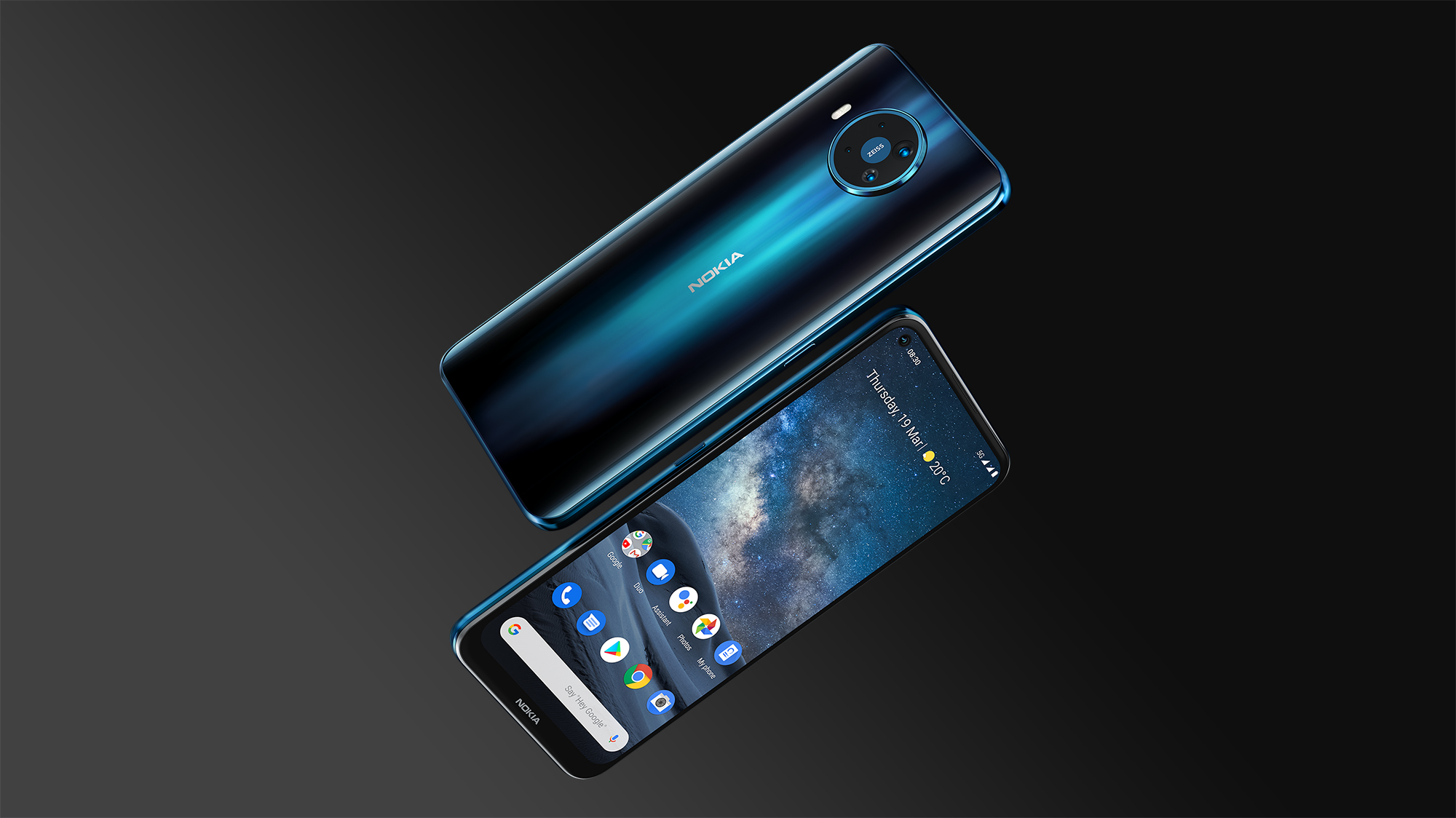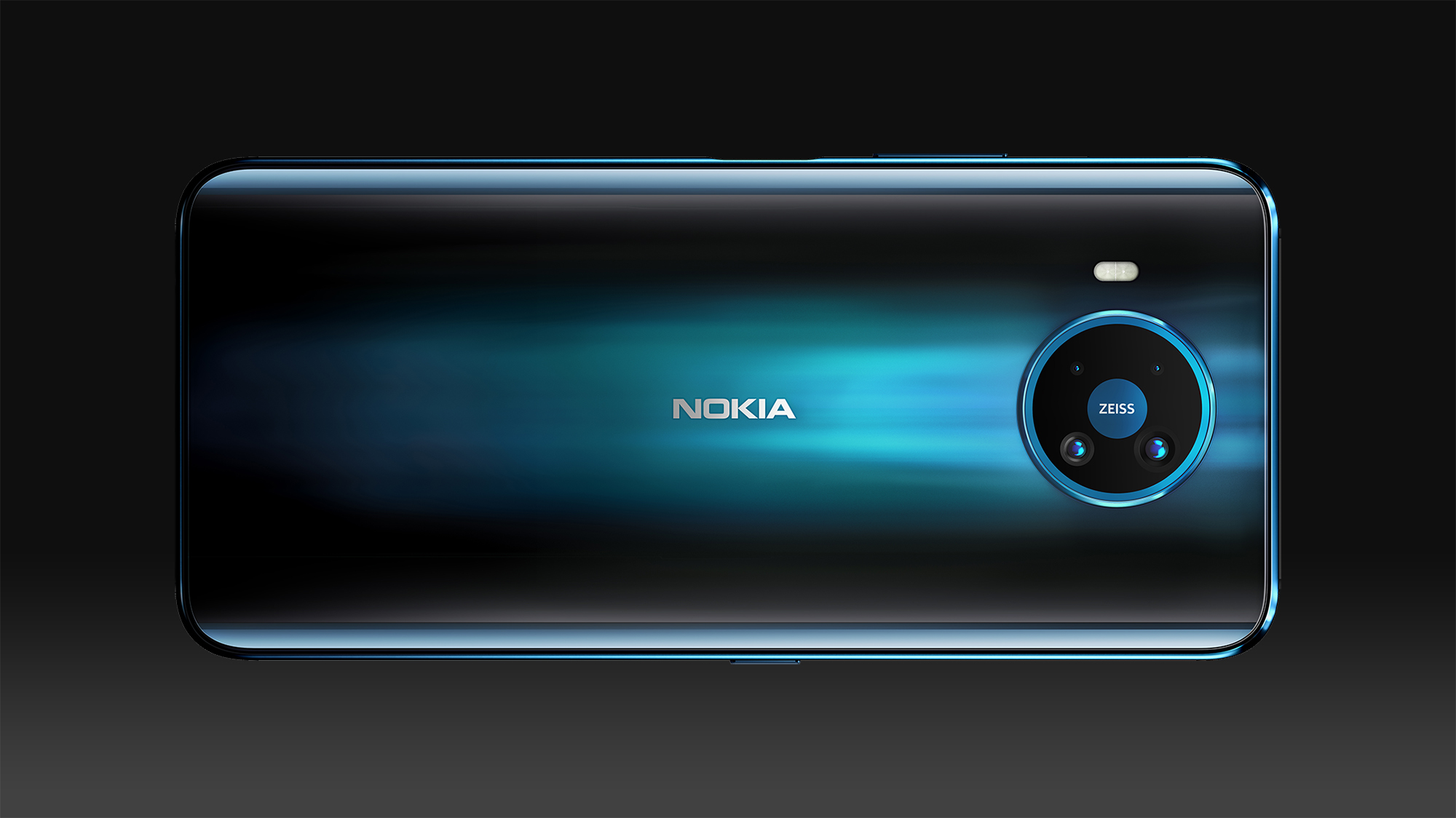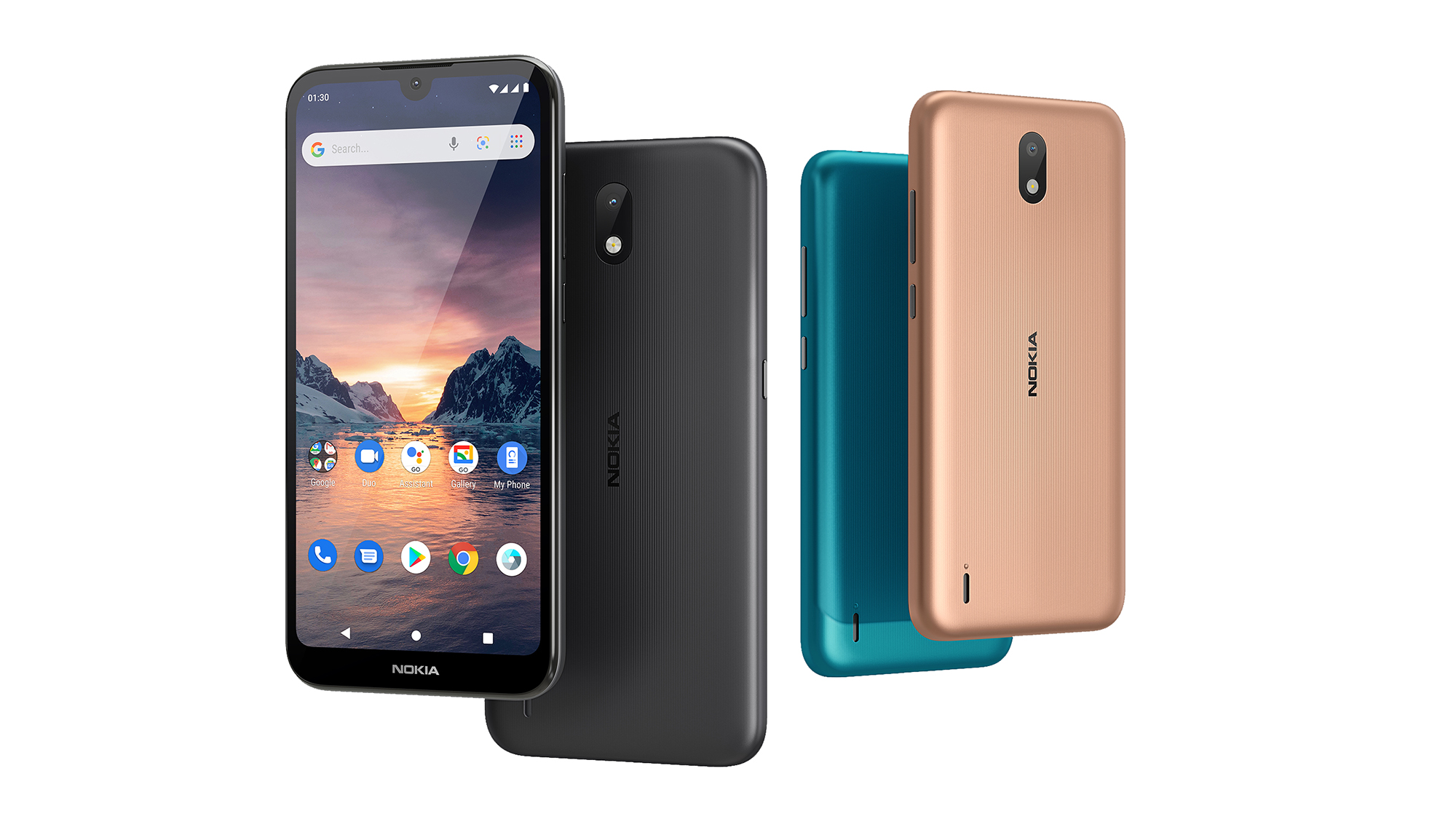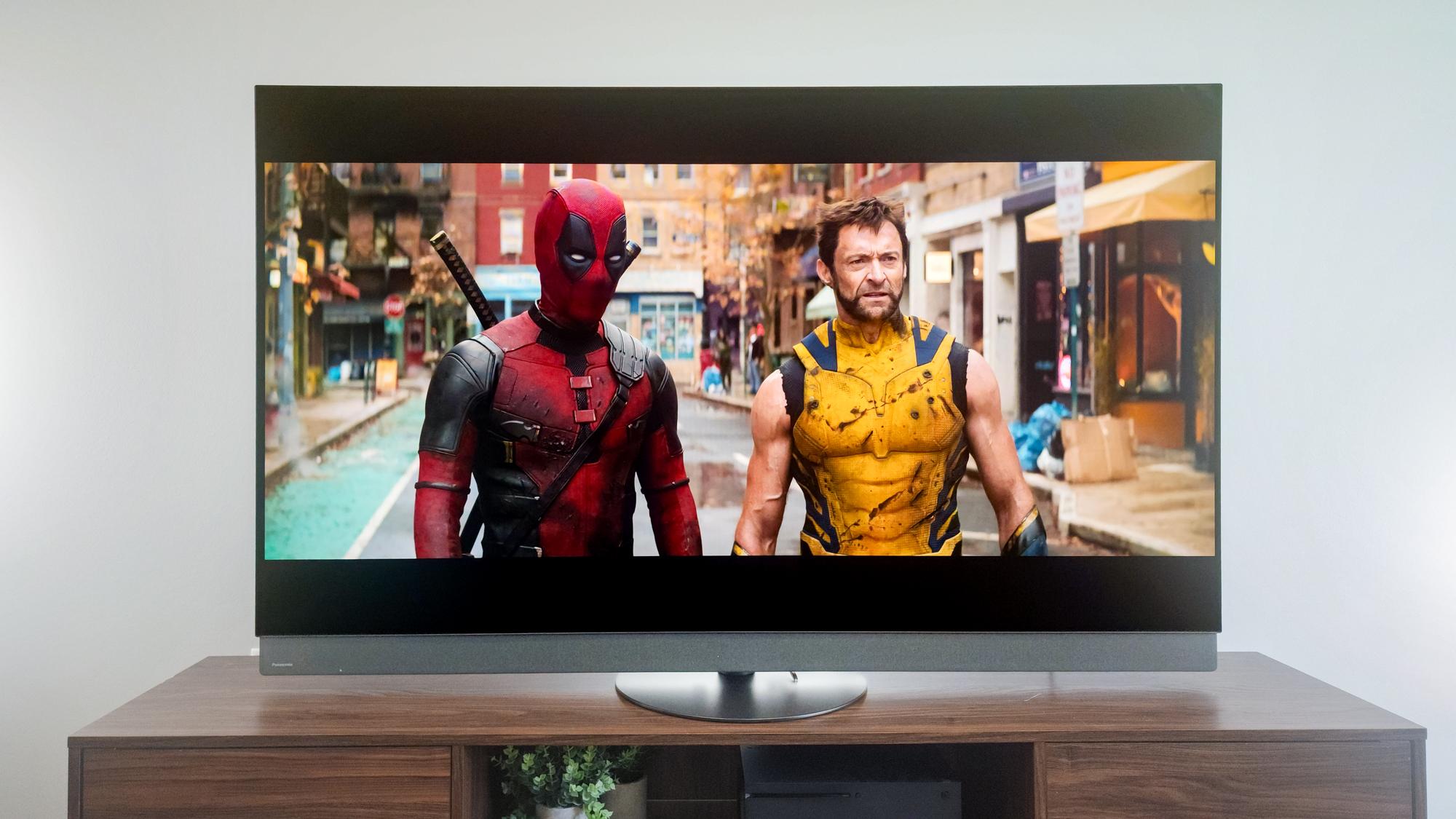The Nokia 8.3 is the first cheap 5G phone worth watching
It should be able to connect to 5G anytime, anywhere — with one big catch

The definition of what constitutes a flagship phone is changing. Want proof? Look no further than the Nokia 8.3 5G unveiled today (March 19) by HMD Global.
Rather than trying to win the out-and-out specs war against the likes of the Samsung Galaxy S20 and other high-end handsets due this year, HMD, which develops phones under the Nokia brand, is taking a different tactic. The Nokia 8.3 is about offering the widest global 5G connectivity of any phone on the market, first and foremost. It’ll even offer 5G unlocked, for around $650.
But the 8.3 isn’t the only Nokia phone due out in the coming months either: there’s the affordable Nokia 5.3 and the ultra-cheap Nokia 1.3, too. Here’s a deeper dive into each Nokia phone coming out soon.
- The best Android phones at every price range
- The best camera phones of 2020
- Plus: The iPhone 12 could be insanely fast — thanks to Samsung
Nokia 8.3 5G
In many ways, the Nokia 8.3 sounds like a suitable follow-up to last year’s Nokia 9 PureView. The screen on the Nokia 8.3 is downright massive, measuring 6.8 inches from corner to corner, and fitted with HMD’s latest PureDisplay technology that upscales on-screen content to HDR. There is a quartet of camera lenses on the back, including a wide-angle lens, macro lens and depth sensor. And there’s 8GB of RAM on board, as well as 128GB of storage (though you can expand that with a microSD card, as you’d expect.)
But none of those things are the major story about the Nokia 8.3 5G. No — that’s reserved for the device’s 5G capabilities, which Nokia confidently refers to as “future-proof.”
The reason for that is because the Nokia 8.3 supports all 5G bands across low- and mid-band FDD infrastructure (primarily used for far-reaching coverage) and high TDD bands (primarily used for speed). HMD says wherever you are in the world, you will have the capability to connect to 5G — something that isn’t even true of the latest batch of Galaxy S20 handsets, which pick and choose specific bands based on the geographic markets in which they’re sold.

However, even that comprehensive coverage comes with a caveat. The Nokia 8.3 5G will not support millimeter-wave (mmWave) networks — the superfast yet range-limited technology Verizon’s 5G network is employing right now in urban areas, and other major carriers are still building out.
Get instant access to breaking news, the hottest reviews, great deals and helpful tips.
HMD says there is no technical reason why the Nokia 8.3 couldn’t work on mmWave — being that the phone contains a Qualcomm Snapdragon 765G processor, it has the internals necessary for mmWave access — but connecting to those networks will be decided if and when HMD decides to launch a version of the Nokia 8.3 with a particular carrier partner. One way to read that is that a mmWave-capable Nokia 8.3 could land on a network like Verizon one day, though it’s too early to confirm that.
Nokia 8.3 5G specs
| Price | €599 (about $650) |
| Display | 6.8-inch LCD (2400x1080) |
| Rear cameras | Quad-lens: 64MP wide (ƒ/1.89); 12MP ultrawide (ƒ/2.2); 2MP macro; 2MP depth sensor |
| Front camera | 24MP (ƒ/2.0) |
| CPU | Qualcomm Snapdragon 765G |
| RAM | 8GB |
| Storage | 128GB |
| microSD | Yes |
| Battery | 4,500 mAh |
The fact the Nokia 8.3 is powered by a Snapdragon 765G processor rather than Qualcomm's range-topping Snapdragon 865 system-on-chip, hints that HMD is more concerned with making 5G accessible here, rather than offering the ultimate in performance in every sense. While the 765G may not be as powerful as even last year’s range-topping Snapdragon 855, Qualcomm says it should be more efficient, which should benefit longevity on a charge. And the G version of the Snapdragon 765 boasts a few optimizations aimed at gamers, like better graphics rendering.
The Nokia 8.3’s quad-lens camera employs the brand’s signature Zeiss optics, indicating HMD isn't ignoring image quality here. The primary 64-megapixel sensor sports a 2.8-micron image sensor, which should improve light sensitivity and therefore capture better shots in challenging scenarios. It also has a dedicated Action Cam mode with electronic image stabilization that the company claims is among the best in the industry.
The Nokia 8.3 5G will arrive this summer for €599, in an eye-catching Polar Night color inspired by the northern lights. While HMD has yet to confirm U.S. pricing, we’re told it shouldn’t deviate much from that range — and so we don’t expect the device to cost more than $700. You can look forward to our impressions in the coming months.
Nokia 5.3 and Nokia 1.3

On the cheaper end of the spectrum, there’s the Nokia 5.3 and 1.3. Priced at €189 and €95 respectively, these devices will arrive globally before the end of April.
The Nokia 5.3 looks similar in many ways to the 8.3 5G — you can see a family resemblance run through many cues, from the color, to the handset’s general shape, to its slightly thicker bottom bezel adorned with the Nokia logo. It’s powered by a Snapdragon 665 CPU with 4GB of RAM and 64GB of storage, packs a 6.55-inch LCD display and, like the Nokia 8.3 5G, has a quad-lens rear camera (albeit without Zeiss optics). It could make for a compelling adversary to the $249 Moto G Power, coming soon.

The Nokia 1.3 is HMD’s lowest-cost smartphone with Google’s full Android Go suite of apps, designed to consume less storage and run suitably on low-powered devices with just 1GB of RAM. That even extends to the Camera Go app, which packs some of Google’s computational photography knowhow and should elicit better images beyond what you’d typically get from such an inexpensive phone. If you’re looking for a bargain handset, perhaps as a backup or temporary device, the Nokia 1.3 could be a good fit. Stay tuned for our verdict on both budget phones later in the spring.
Adam Ismail is a staff writer at Jalopnik and previously worked on Tom's Guide covering smartphones, car tech and gaming. His love for all things mobile began with the original Motorola Droid; since then he’s owned a variety of Android and iOS-powered handsets, refusing to stay loyal to one platform. His work has also appeared on Digital Trends and GTPlanet. When he’s not fiddling with the latest devices, he’s at an indie pop show, recording a podcast or playing Sega Dreamcast.
